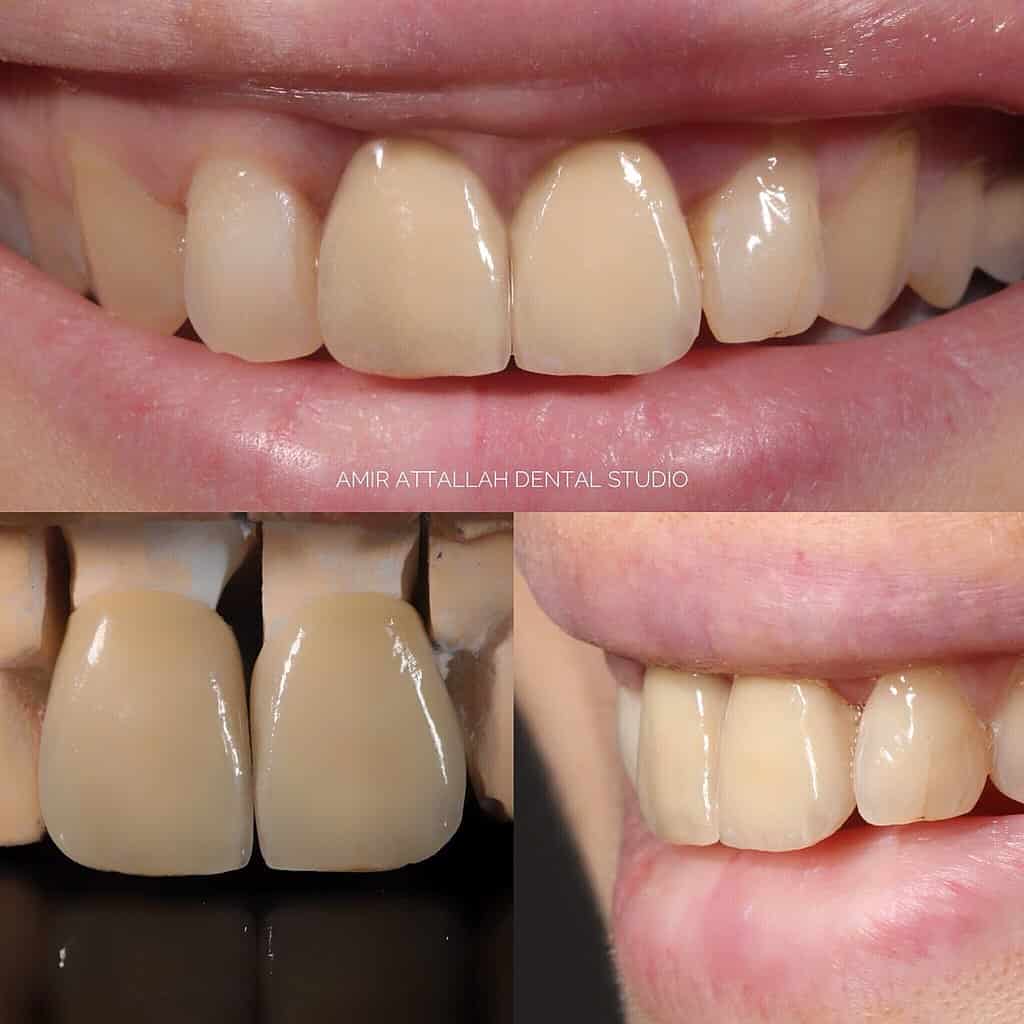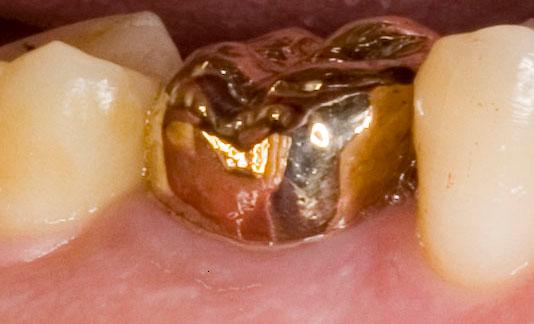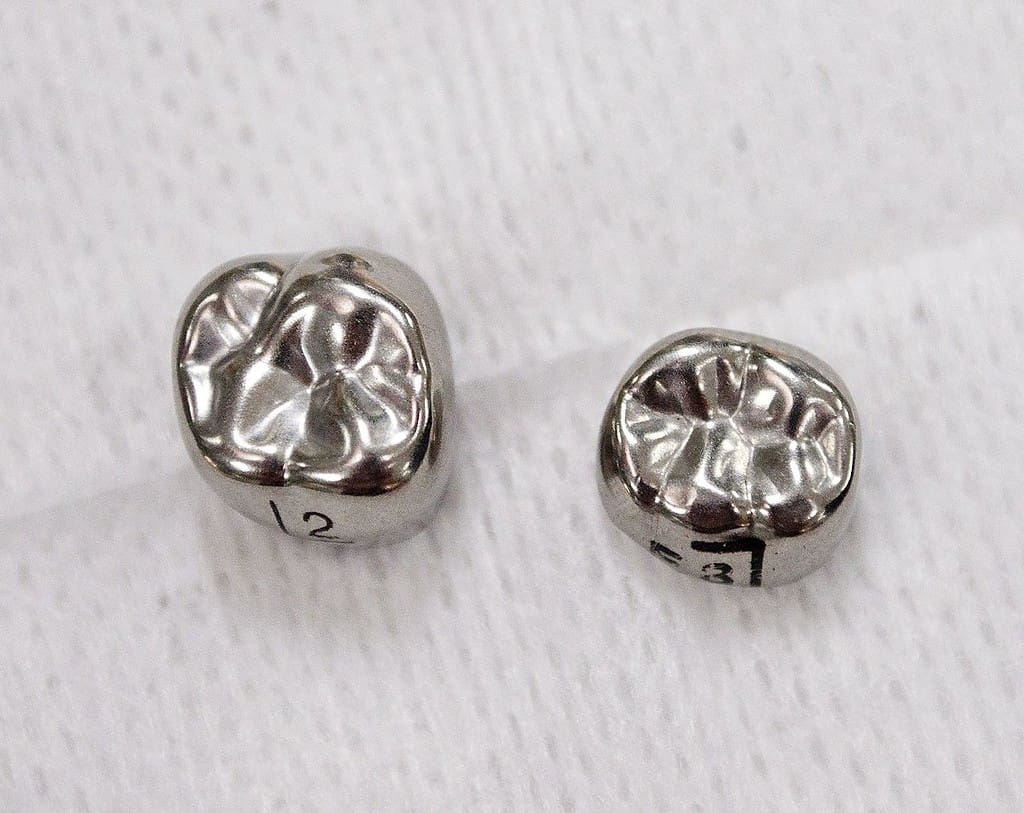We don’t often give them much thought, but teeth are essential for our health and wellbeing, and it’s important to take care of them by brushing, flossing, and avoiding foods and drinks that could damage them. But thanks to modern science and dental technology, even if our teeth get into trouble, we have a wide variety of options that can help restore and enhance teeth and their function — and one such piece of technology is dental crowns.
Dental crowns are a type of protective dental restoration that completely encircles a tooth or dental implant. They can be made from various different materials and bound to the teeth using various types of cement — with modern research stepping in to produce better, more resilient materials.
Crowns can be costly, but they are effective at improving the strength or appearance of teeth and halting deterioration, and oftentimes, they’re far preferable to the alternatives.

Dental Crowns Basics
A dental crown is also known as a cap — in fact, decades ago, ‘cap’ was the preferred term and even now, you still hear people using the term sometimes. The cap is typically placed over a damaged or decayed tooth to protect it from further harm.
The process of getting a dental crown typically involves several steps. First, the tooth is prepared by removing any decayed or damaged portions and shaping it to accommodate the crown, and cleaning it of anything that could obstruct the process.
An impression of the tooth is then taken — this is commonly done in a separate appointment. The impression of the tooth is then recorded and sent to a dental lab, where the crown is custom-made to fit the tooth precisely.
Then, a crown is designed from the material of choice and bound to the tooth by dental cement. While dental crowns are generally considered safe and effective, they may need to be replaced over time due to wear and tear or changes in the underlying tooth structure.
It’s also important to care for the crowns just like you care for your teeth. In addition, proper oral hygiene, as well as regular dental checkups, can help prolong the life of a dental crown and maintain the health of the surrounding teeth and gums.
When are Dental Crowns Useful?

Dental crowns can be used for a variety of purposes. They are often used to restore teeth that have been damaged by decay, trauma, or wear and tear. They can also be used to strengthen weak or brittle teeth, protect teeth that have undergone root canal treatment, or improve the appearance of teeth that are misshapen or discolored.
First and foremost, however, dental crowns protect damaged teeth from further harm. Crowns can also improve the function of the tooth, allowing patients to chew and speak more comfortably. Additionally, crowns can enhance the appearance of the tooth by providing a natural-looking covering that blends in seamlessly with the surrounding teeth. They can be also used to restore the shape and size of a tooth, making it more aesthetically pleasing.
The main reasons why crowns are recommended are:
- to restore the form, function, and appearance of worn or damaged teeth, particularly whether other forms of restoration are unsuitable;
- to maintain the structural stability of the teeth and reduce the risk of further damage;
- to protect damaged teeth from further damage;
- to replace existing crowns that are starting to suffer damage.
There are also various types of dental crowns: some are full, and others only cover 3/4 or 7/8 of the tooth. Sometimes, temporary crowns are also used.
What Materials Are Used for Dental Crowns?
Dental crowns can be made from a variety of materials, including porcelain, ceramic, resin, and metal alloys. Each material has its advantages and disadvantages, and the choice of material will depend on the specific needs of the patient and the location of the tooth, as well as the costs.
Porcelain crowns are some of the most popular types of crows, especially because they provide a natural look that resembles the surrounding teeth. However, despite their aesthetic advantage, porcelain crowns are generally quite brittle and prone to cracking. In fact, many dentists advise against this option, although as many practitioners point out, this depends from case to case and it can be challenging to choose the best option.

Metal crowns are extremely durable and can withstand heavy biting and chewing forces, but they are more noticeable and may not be as aesthetically pleasing as porcelain. Some patients opt for a combination of porcelain and metal, which provides the strength of metal and the natural appearance of porcelain.
There are already plenty of different metal and metal alloy options available for dental crowns. Each has its own advantages and disadvantages. More recent research is exploring the potential of using nanomaterials for crowns, and it may not be long before those options also become common.
Modern Research Advancements

Recent research in the field of dental crowns has focused on improving the materials used to create them. Scientists are working to create stronger and more durable crowns that can withstand even heavier biting and chewing forces.
There is also a growing interest in orthodontics in general in using biomaterials, such as stem cells and tissue-engineered constructs. In particular, dental pulp stem cells were found to provide a source of cells to replace those damaged and to facilitate repair. These advancements could potentially revolutionize the field of dentistry and offer patients even more options for restoring and enhancing their teeth.
More down-to-earth research is finding material mixes that can be more effective for dental crowns. For instance, a zirconium-based option was found to be aesthetically pleasing and far more resistant to chipping than porcelain. In fact, several other studies have also highlighted zirconia as a desirable option.
In conclusion, dental crowns are a versatile and effective solution for a range of dental issues. They protect damaged teeth, improve function, and enhance the appearance of your smile. With advancements in materials and technology, dental crowns are becoming stronger and more durable, offering patients even more options for restoring and enhancing their teeth.
Was this helpful?



